Paul Klee
Collectors Edition Art Gallery
By Nancy Davis

Collectors Series Copyright 2014 by Nancy Davis. All rights reserved. No part of this book may be used or reproduced in any manner whatsoever without written permission For information contact; www.DavisArtCenter.com P aul Klee was born in Mnchenbuchsee, Switzerland in 1879. In his early life Herr Klee was a talented violinist, most likely influenced by his father, who was a music teacher. In his teenage years Klee turned from music to drawing and painting, becoming a very influential artist in his later years. Herr Klee married in 1906 to Lily Stumpf, a pianist from Bavaria; they would eventually have one son, Felix Paul Klee.
Some of Herr Klee's earliest works where done by etching on blackened glass using a needle. This style was used for Portrait of my Father that Klee did in 1906. He continued to try new experimental art techniques, including zinc-plate etchings. Eventually, Klee did return to paintings and drawings, feeling that the etchings were more for specialists. Unlike most artists from his era, Herr Klee was very well received during his life and career. His first exhibition was held in 1910 in Bern, and eventually traveled to three different Swiss cities.
Klee joined Der Blaue Reiter around 1911. Der Blaue Reiter was composed at that time of Franz Marc, Wassily Kandinsky, Augustus Macke, Gabriele Mnter, and Marianne Von Werefkin. Klee joined some exhibitions with the group, yet still did solo work as well. An almanac of art was also released by Der Blaue Reiter including some of Herr Klee's work. In 1913 Klee experimented more with color, leading to his paintings In the Quarry and Houses near the Gravel Pit. Herr Klee's artistic breakthrough came in 1914 following a trip to Tunisia.
While in Tunisia Klee became more obsessed with color rather than nature. It was when he returned home that he started his abstract painting, shown in In the Style of Kairouan. In 1916 he joined the German military, conscripted for WWI. While in the service he had to see friends die, which helped inspire his painting Death for the Idea. After his mandatory time was up he was transferred to the air force division of the German army and worked painting and touching up camouflage on planes. By the end of the war he was a clerk living out of the barracks, allowing him to continue painting.
During his time in the army he was still able to paint and even held some exhibitions. By 1917 Herr Klee was pronounced one of the best artists in Germany. Walter Gropius invited Klee in 1920 to start working at the Bauhaus, a German arts academy. Herr Klee accepted and worked there from 1921 to 1931. During this time Klee had several exhibitions, sometimes with other artists, sometimes solo. He traveled through the United States of America and France, mostly Paris, showing his works.
In 1931 Herr Klee started teaching at the Dsseldorf Academy for Fine Arts. By 1933 the National Socialists party in Germany had come into power and had deemed Her Klee's paintings as unacceptable and degenerate and he was summarily fired. Fearing further Nazi action, Klee and his family fled to Bern, Switzerland. He died seven years later from an autoimmune disease and was granted Swiss citizenship six days after his death. GALLERY 
A Flower Performs 
A Kind Of Skyscraper 
A Little Christmas Still Life 
A Little Memory Of Nymphenburg 
Abstruse 
Actor's Mask 
Adam And Little Eve 
Aeolian Harp 
Afbahrender Dampfer 
Apparatus For The Magnetic Treatment Of Plants 
Archangel 
Architecture In Red And Green 
Area Of High Spirits 
Arrival Of The Air Dragon 
Arrival Of The Bridegroom 
Autumnal Place 
Bildnis In Der Laube 
Bob 
Botanical Laboratory 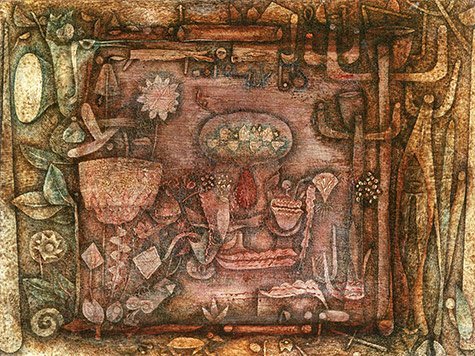
Botanical Theater 
Braced Surfaces 
Cathedral 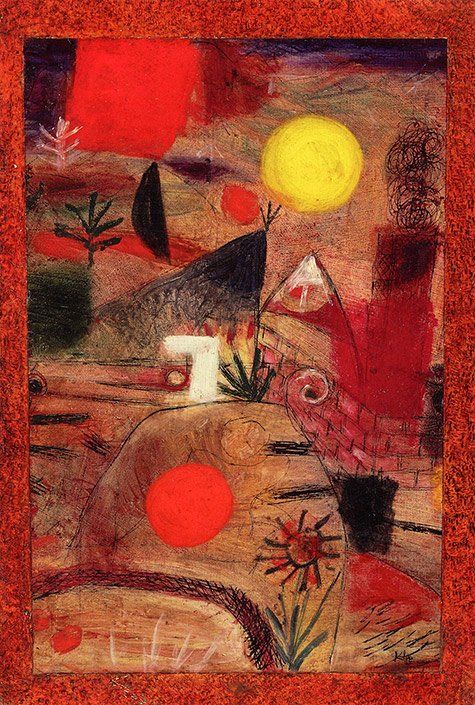
Ceremony And Sunset 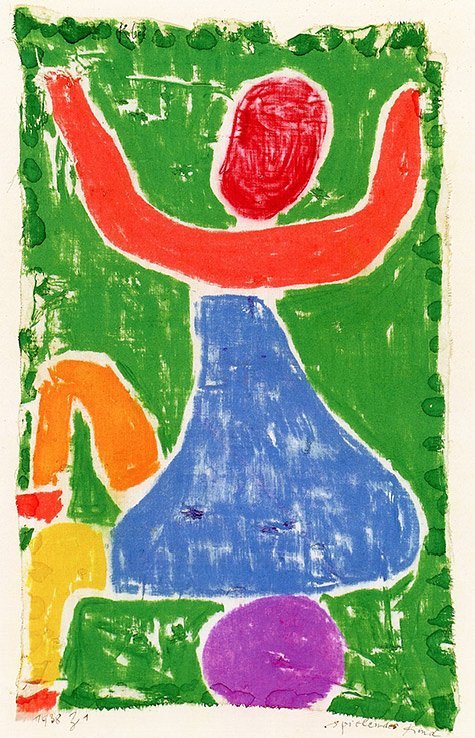
Child Playing 
Children's Frieze 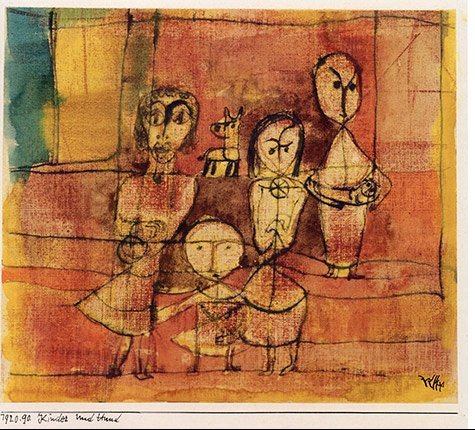

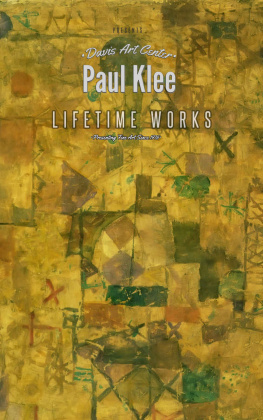
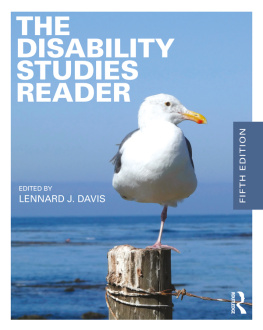
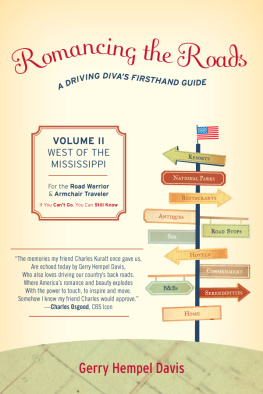


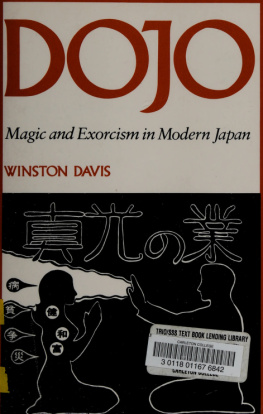


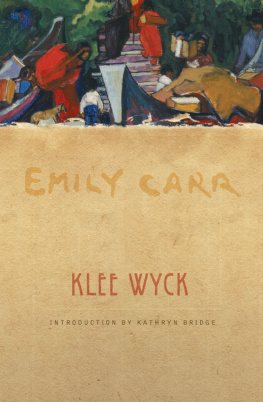
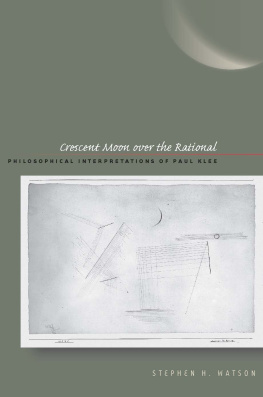
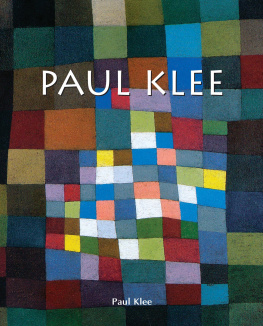
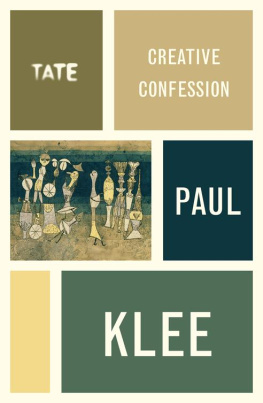
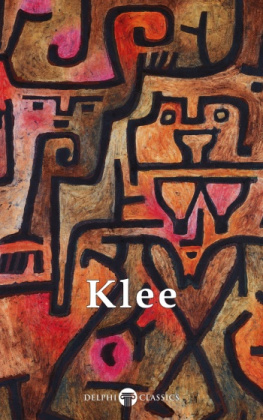
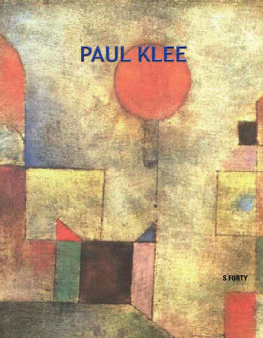
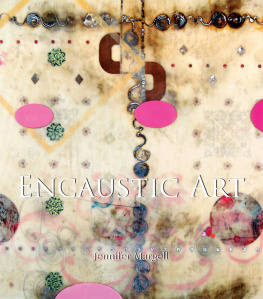
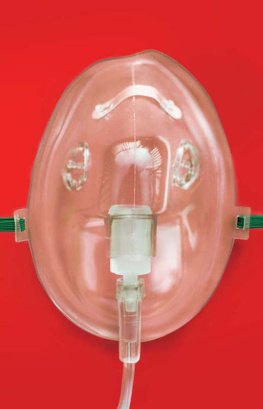
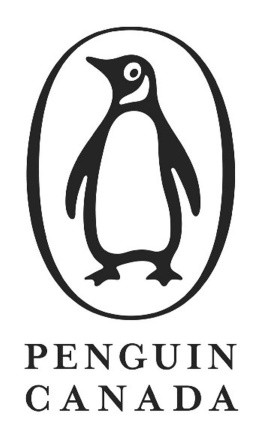
 Collectors Series Copyright 2014 by Nancy Davis. All rights reserved. No part of this book may be used or reproduced in any manner whatsoever without written permission For information contact; www.DavisArtCenter.com P aul Klee was born in Mnchenbuchsee, Switzerland in 1879. In his early life Herr Klee was a talented violinist, most likely influenced by his father, who was a music teacher. In his teenage years Klee turned from music to drawing and painting, becoming a very influential artist in his later years. Herr Klee married in 1906 to Lily Stumpf, a pianist from Bavaria; they would eventually have one son, Felix Paul Klee.
Collectors Series Copyright 2014 by Nancy Davis. All rights reserved. No part of this book may be used or reproduced in any manner whatsoever without written permission For information contact; www.DavisArtCenter.com P aul Klee was born in Mnchenbuchsee, Switzerland in 1879. In his early life Herr Klee was a talented violinist, most likely influenced by his father, who was a music teacher. In his teenage years Klee turned from music to drawing and painting, becoming a very influential artist in his later years. Herr Klee married in 1906 to Lily Stumpf, a pianist from Bavaria; they would eventually have one son, Felix Paul Klee. 
























